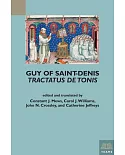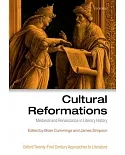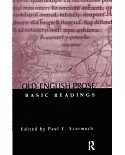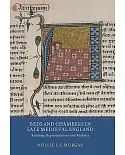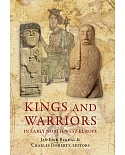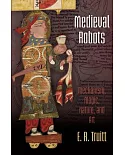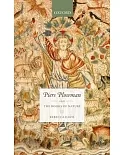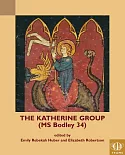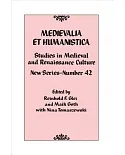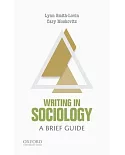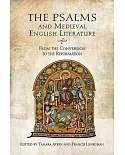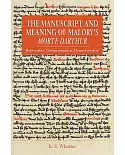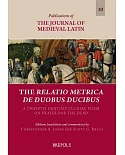More than any other secular story of the Middle Ages, the tale of Tristan and Isolde fascinated its audience. Adaptations in poetry, prose, and drama were widespread in western European
vernacular languages. Visual portrayals of the story appear not only in manuscripts and printed books but in individual pictures and pictorial narratives, and on an amazing array of objects
including stained glass, wall paintings, tiles, tapestries, ivory boxes, combs, mirrors, shoes, and misericords.
The pan-European and cross-media nature of the surviving medieval evidence is not adequately reflected in current Tristan scholarship, which largely follows disciplinary and linguistic
lines. The contributors to�Visuality and Materiality in the Story of Tristan and Isolde seek to address this problem by opening a cross-disciplinary dialogue and by proposing a new
set of intellectual coordinates��he concepts of materiality and visuality��ithout losing sight of the historical specificity or the aesthetic character of individual works of art and
literature. Their theoretical paradigm allows them to survey the richness of the surviving evidence from a variety of disciplinary approaches, while offering new perspectives on the nature
of representation in medieval culture. Enriched by numerous illustrations, this volume is an important examination of the story of Tristan and Isolde in the European context of its visual
and textual transmission.
�
"Comprehensive and cutting edge, Visuality and Materiality in the Story of Tristan and Isolde defines the moment in the history of Tristan scholarship. The essays, gathered from both
sides of the Atlantic, enrich and expand the key concepts of materiality and visuality to account for the proliferation of the Tristan story in an astonishing range of media. The collection
gives scholars in several disciplines the tools to explore the productive connections between the verbal and the visual in medieval culture." ���B>Sarah Westphal-Wihl, Washington
University in St. Louis


